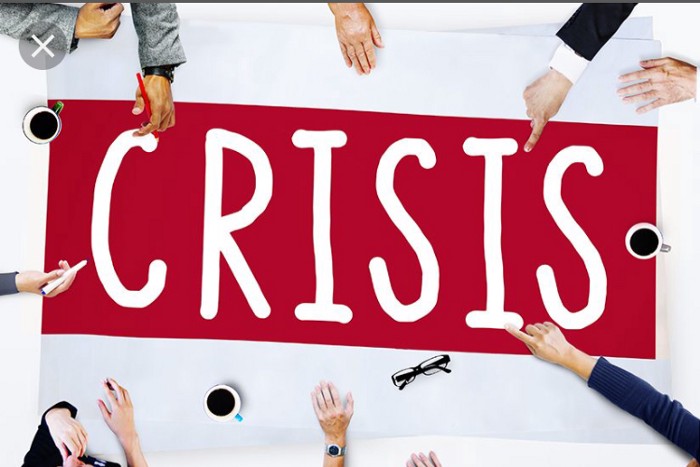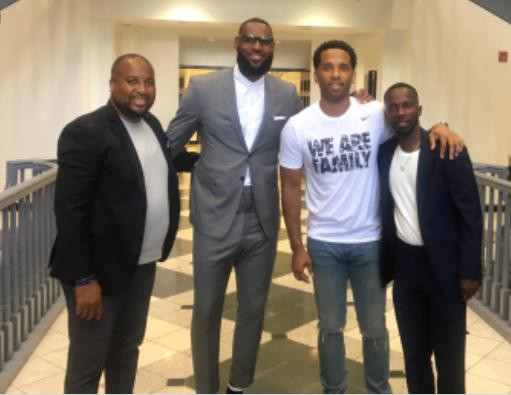Defining a brand is an important step to charting the course of a brand’s longevity. I make it a point to tell my PR and Management clients that their target audience should have a connection to their brand and reflect their business values and purpose. This is achieved by knowing what encompasses their brand and what makes it stand out from the rest. Customers that connect emotively are far more likely to return often while encouraging others to do the same.
One brand that comes to mind is Diana Ross. She is a shining example of a global brand that has been attuned to longevity, well cultivated and defined with a compelling story and a dynamic presence.
The pioneering pop queen recently celebrated her star-studded seventy-fifth birthday bash in style and glam. Beyoncé, Kim Kardashian, Diddy, and Leonardo DiCaprio were among a bevy of partygoers said to have danced all night to Ross’ songs, including my fav, I’m Coming Out. With five outfit changes and Ross riding up to the venue in a white convertible Rolls-Royce donned in a beautiful gown, the scene was reminiscent of an old Hollywood movie.
This is nothing new for the trendsetting grandmother of five, who for five decades, influenced pop culture and paved the way for younger artists like Madonna, Jennifer Lopez, Beyoncé, and Taylor Swift.
Before the Detroit native embarked on her solo career, Diana Ross was a member of the Supremes — a widely popular trio discovered by Motown’s founder Berry Gordy. The Supremes’ perfectly-crafted image, coiffed hair and beautiful gowns were a solid hit. Their songs, Stop! In the Name of Love, You Can’t Hurry Love, Baby Love, and You Keep Me Hanging On gave a new meaning to love and empowerment.
In 1970, Diana Ross left the Supremes and later scaled the R&B charts, churning out showstopping songs like Ain’t No Mountain High Enough, Endless Love, and Reach Out and Touch, proving she is unstoppable. She went on to perform in such classic films like Lady Sings the Blues, Mahogany and The Wiz.
One thing for sure, Diana Ross’ talent, effervescent personality, undeniable beauty, and timeless fashion struck a chord with fans from all over the world. One fan, in particular, was my mom. She related to Diana Ross much like younger women do with Beyoncé today. My mom never skipped a beat when it came to buying Diana Ross’ music, or tickets to her concerts and movies. This rings true for most people who bear a strong connection with their favorite brand, and in some cases without changes to its original brand promise.
When it comes to brand longevity, Diana Ross has taught us that pushing boundaries, added brand awareness, credibility, staying ahead of the curve, and consistency are all factors that could lead to attaining longevity. A major pop star or a product, continually delivering a quality brand and building lasting connections with a consumer base will generate long-term customer loyalty.
From her earlier days until now, Diana Ross has stayed true to her brand and has never wavered in who she is as an artist. She has built a body of work that is synonymous to great showmanship that remains relevant in today’s pop scene. Her music has been sampled in today’s songs, her signature long curly mane and fashion are channeled at red carpet affairs, music videos and popular movies. While her audience has matured along the way, she has attracted a legion of younger fans, whose elders grew up listening to her music. Rest assure Diana Ross, the brand, will be around for generations to come.
Olivia Almagro is a business adjunct professor and public relations consultant and principal owner of O+Media Group, LLC.






